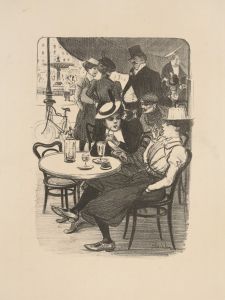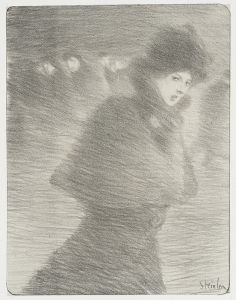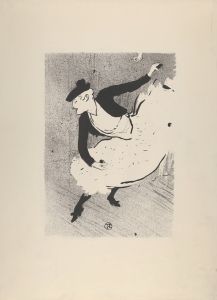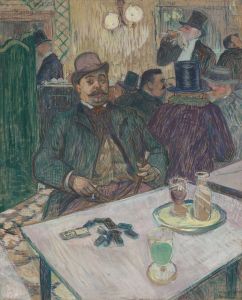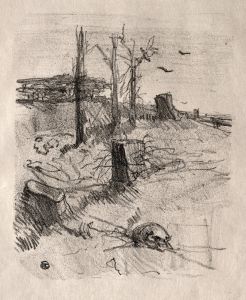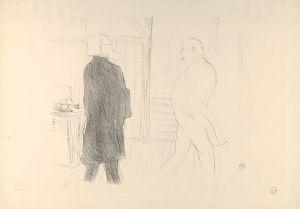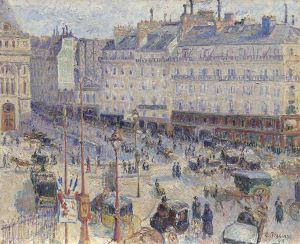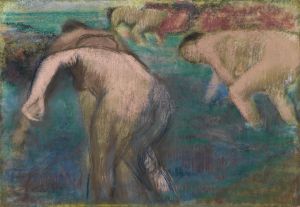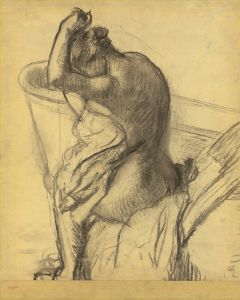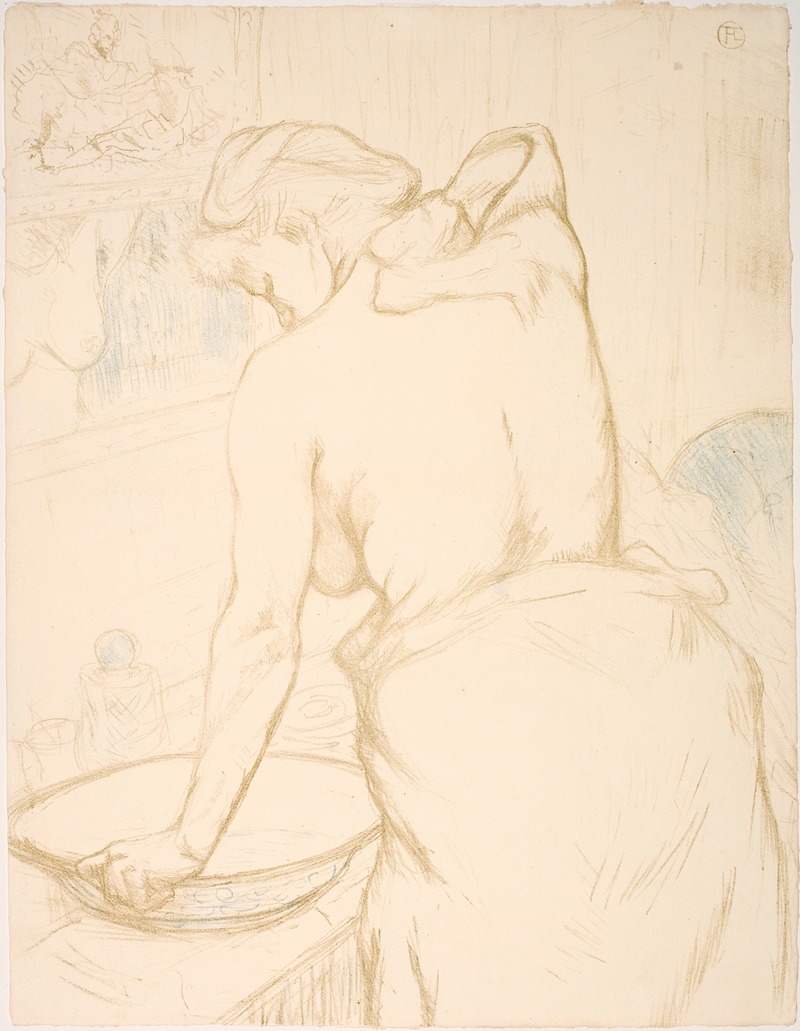
Femme qui se lave, la Toilette
A hand-painted replica of Henri de Toulouse-Lautrec’s masterpiece Femme qui se lave, la Toilette, meticulously crafted by professional artists to capture the true essence of the original. Each piece is created with museum-quality canvas and rare mineral pigments, carefully painted by experienced artists with delicate brushstrokes and rich, layered colors to perfectly recreate the texture of the original artwork. Unlike machine-printed reproductions, this hand-painted version brings the painting to life, infused with the artist’s emotions and skill in every stroke. Whether for personal collection or home decoration, it instantly elevates the artistic atmosphere of any space.
Henri de Toulouse-Lautrec's painting Femme qui se lave, la Toilette (translated as Woman Washing Herself, the Toilette) is a notable work by the French Post-Impressionist artist. Created in 1889, the painting is part of a series in which Toulouse-Lautrec explored intimate and everyday moments, often focusing on women in private settings. This particular work depicts a woman engaged in the act of washing herself, captured in a natural and unposed manner.
The painting is executed in oil on cardboard, a medium that Toulouse-Lautrec frequently used for its versatility and ease of handling. The composition is characterized by its simplicity and immediacy, with the figure of the woman positioned in a crouching posture, her back turned to the viewer. The artist's use of soft, muted tones and loose brushwork emphasizes the intimacy of the scene while avoiding unnecessary detail. The background is minimal, drawing attention to the central figure and her actions.
Toulouse-Lautrec was known for his ability to portray human subjects with empathy and realism, and Femme qui se lave, la Toilette is no exception. The painting reflects his interest in capturing unidealized moments of daily life, particularly those of women. Many of his works from this period were influenced by his frequent visits to brothels and his interactions with the women who worked there. However, this painting does not explicitly suggest a specific setting or narrative, focusing instead on the universal and private act of self-care.
The work is often associated with the influence of Japanese ukiyo-e prints, which Toulouse-Lautrec admired and collected. The flattened perspective, cropped composition, and focus on a single figure in a domestic setting are elements that echo the stylistic features of Japanese art. This influence was a hallmark of many artists in the late 19th century, particularly those associated with the Impressionist and Post-Impressionist movements.
Today, Femme qui se lave, la Toilette is housed in the Musée d'Orsay in Paris, France. The museum, renowned for its extensive collection of 19th-century art, includes several works by Toulouse-Lautrec. This painting is considered an important example of his ability to combine technical skill with a deep sensitivity to his subjects, offering a glimpse into the private and often overlooked moments of human life.





